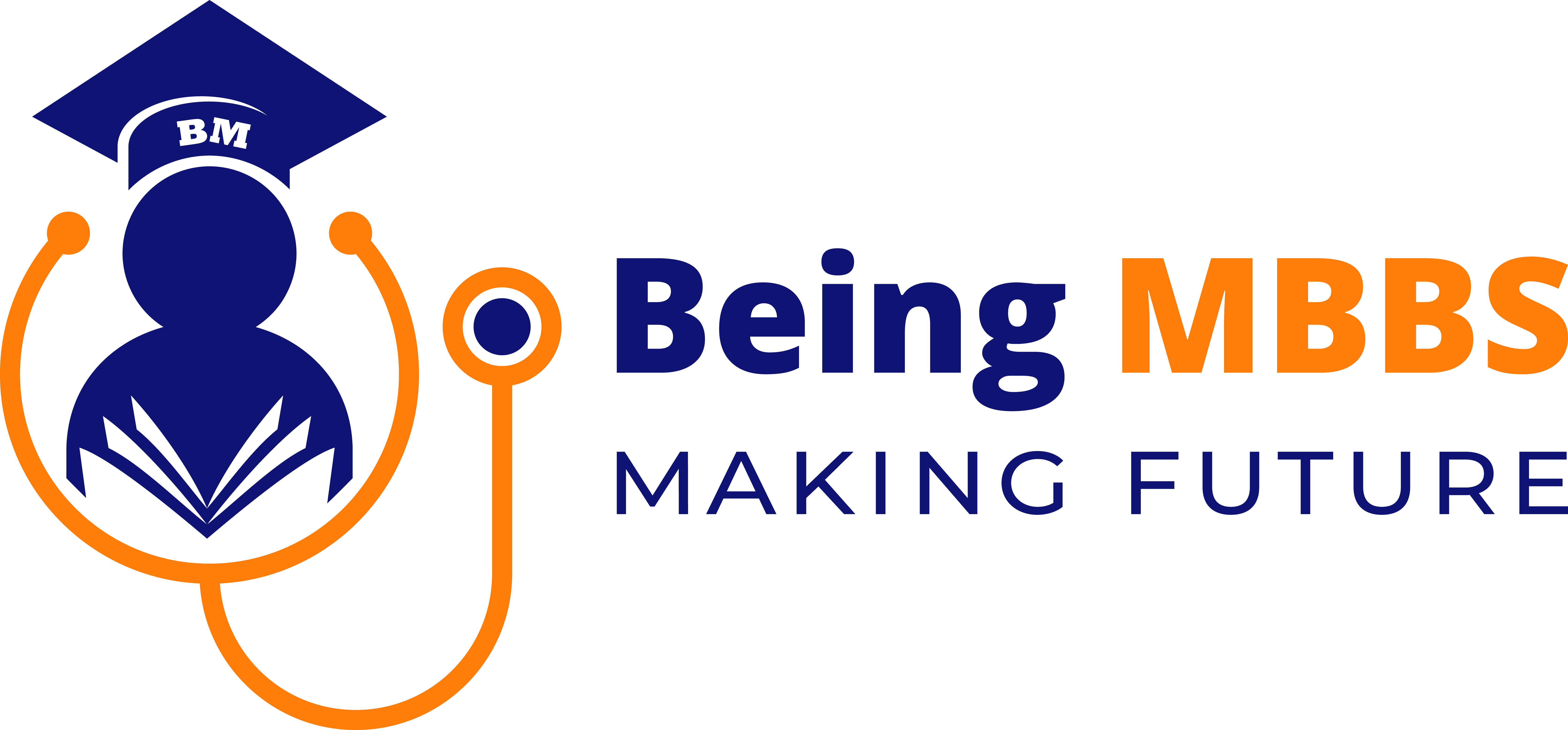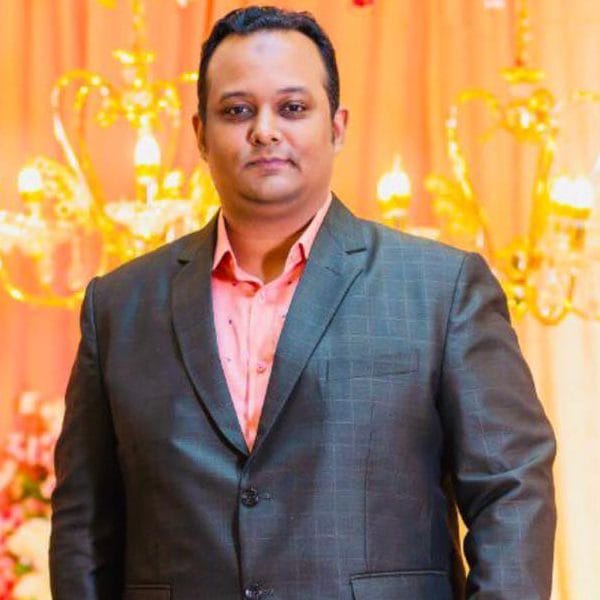The NEXT Promises-Exit Exam Facts for MBBS Medical Students
Proposal to acclimate MBBS exam to a National Exit Test can encourage Medical Education
Currently, the Union cabinet decided to allow certain recommendations offered by the Parliamentary Committee to alter some highly questionable aspects of the National Medical Commission bill, which further offers to replace the Medical Council of India (MCI) with a National Medical Commission. The bill in its new form is next to perfect. It can nevertheless be seen, on limited reflection, to come up with potential avenues for reform.
The proposal to conform the final MBBS Examination into a National Exit Test (NEXT) can breathe fresh air into the existent system that is delayed in antiquated methods of instruction and assessment. At present, the MBBS curriculum emphasis on theoretical learning as well as descriptive assessment which further provides room for rote and undermines inculcation of significant bedside skills. Swathes of long and short answer questions hold sway in MBBS Examination. Little consideration is paid for testing conceptual soundness as well as problem-solving ability.
Primarily, multiple-choice questions (MCQ) are based on NEXT replacing the final MBBS Examination which emphasizes skills testing. By shaping it together with the lines of exams like USMLE that primarily focus on problem-solving ability and conceptual understanding. It can transform the learning culture in various medical schools. The structure of periodic college and university level examinations must also be subject to simultaneous revision. Despite the outline proposed for NEXT are not yet clear, one can assert with confidence that it must include practical skills assessment. It is also required that NEXT does not completely steer clear of descriptive questions, which legally make a minor yet significant element of any comprehensive system of assessment.
Additionally, the NEXT can best be conducted in two phases. It can either be conducted in the theoretical component before and the practical component after the internship in MBBS. This can essentially encourage practical learning during the internship year.
It is crucial for the bill to come clear on certain areas, like the provisions for those who are willing to give a re-exam for the betterment of their scores for PG entrance. Ultimately, the proposed NEXT can hold promise only if enough is done to address the initial problems of varying standards of medical instruction across the country’s colleges as well as universities.
With about 7,70,000 qualified AYUSH (Ayurveda, Yoga and Naturopathy, Unani, Siddha, and Homeopathy) doctors in India, it is fascinating to think that their contribution as the allopathic physicians bridge a course that can easily allow India to achieve the ideal doctor-patient ratio of 1:1,000. However, the story is far from being so simple. One of the major reasons for the proposal of a bridge course for AYUSH doctors was so critically debated was because it was deduced as a threat to the uprightness of modern medicine. Trying to congest a highly comprehensive curriculum into a six-month bridge course and thus setting a depraved touchstone for modern medical practice can’t go down well with allopathic physicians. Therefore, the bridge course will always indicate friction between the two qualified cadres of healers, and in this manner, they crop up the need to scrap the idea.
In the intervening time, however, the vast number of frequently encountered conditions that call for an allopathic treatment makes it crucial for an AYUSH practitioner to have some knowledge and skills of allopathy. Given the universal acceptance and hegemony of modern medicine, it would be naïve to expect alternative medicine to be a completely autonomous discipline.
Considering the fact, assimilating some allopathic instruction as part of the AYUSH undergraduate curriculum comes out to be a promising choice. At present, the AYUSH curriculum already grasps various modern medical concepts; adding some more on allopathic management should be not a challenging task.
With the bill deciding to come down on quackery, we can move towards institutionalizing unauthorized practitioners for the benefit of the nation. It is known that nearly 70% of primary care in rural India is given by quacks representing an untapped potential resource and informal providers. There are short-term courses to create medical assistants entrusted with primary curative, preventive, and conductive care.



